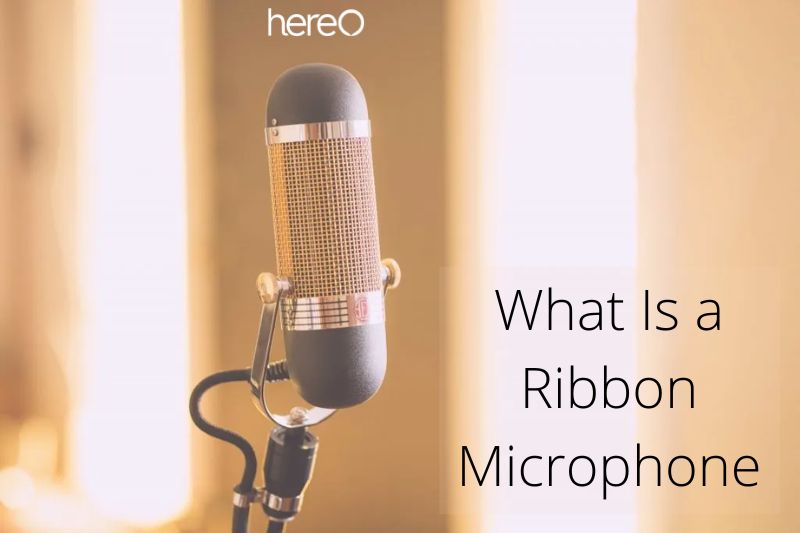The most accurate microphones to use to record the sound of an instrument, a voice, or even the ambient of a room are ribbon microphones. Ribbon microphones actually have the figure-of-8 polar pattern, huge low-end pick-up, and natural high-frequency roll-off that most closely resembles the human ear.
However, not many people understand about the ribbon microphone. So, what is a ribbon microphone?
Contents
What Are Ribbon Mics and How Do They Work
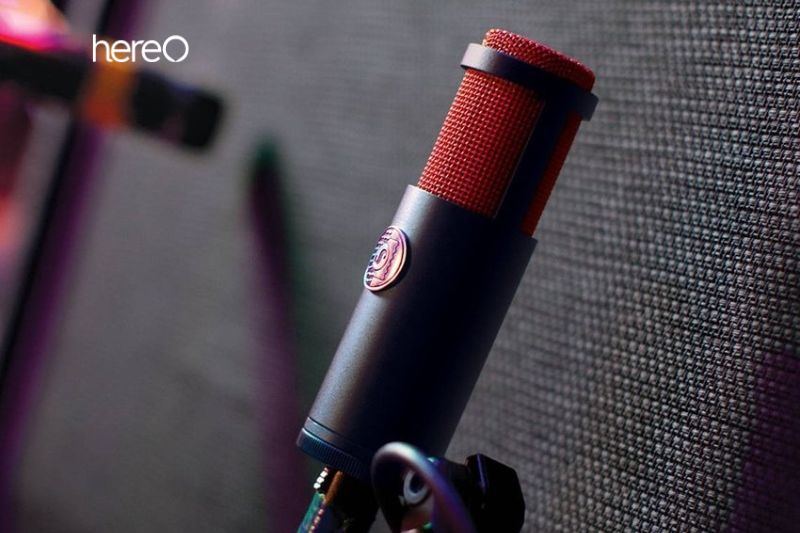
What Is A Ribbon Microphone
The ribbon microphone is a classic microphone design that has been around since the 1930s and has enjoyed a resurgence in popularity in recent years.
Ribbon microphones are known for their excellent clarity and natural sound, making them a great choice for recording vocals, acoustic instruments, and even some amplified instruments.
Ribbon microphones are made with a thin aluminum, duralumin, or nanofilm ribbon suspended between two triangular pole pieces. When sound waves pass through the ribbon, an electromagnetic induction is created, producing a voltage that is proportional to the velocity of the ribbon and the air particles in the sound wave.
This makes ribbon mics very sensitive and able to capture even the most subtle nuances in sound.
The ribbon microphone produces a warm and natural sound, often described as having a “vintage” sound. It also has excellent rejection of off-axis sounds, meaning it will only pick up sound from the front and back of the microphone, and not from the sides.
This makes it ideal for recording in noisy environments, as the sound from other sources will be filtered out.
Another advantage of the ribbon microphone is its low self-noise. The lightweight ribbon diaphragm has a resonant frequency lower than 20 Hz, which means there is less noise when compared to other types of microphones.
Ribbon microphones are great for capturing the nuances and subtleties of sound, and are a popular choice among musicians and engineers alike.
They are perfect for recording vocals, acoustic instruments, and even some amplified instruments, giving your recordings a warm and natural sound.
How Does The Ribbon Microphone Work
Ribbon microphones are unique in that they respond to variations in the velocity of air particles instead of pressure, like traditional moving-coil dynamic mics.
A ribbon microphone consists of a thin strip of metal (usually aluminum) suspended between two magnetic poles. As the ribbon vibrates within its magnetic field, it generates a tiny voltage that corresponds to these changes in velocity.
The output voltage and impedance of ribbon mics is much lower than typical dynamic microphones, so a step-up transformer is used to boost both levels.
Ribbon microphones have a figure-8 directionality which makes them ideal for situations where a single mic can pick up sound from two sides or directions. This makes ribbon mics popular with radio and television talk-show hosts, as they can be pointed at the audience, equipment, or band to block out unwanted sounds.
Additionally, these mics are also used to capture the natural sound of instruments, voices, and even the ambience of a room.
Ribbon microphones require phantom power to operate, making them true active mics. This feature means that you can plug them into any mixer, preamp, or interface that supplies phantom power, allowing you to capture the sound you want with ease.
Active vs Passive Ribbon Microphones
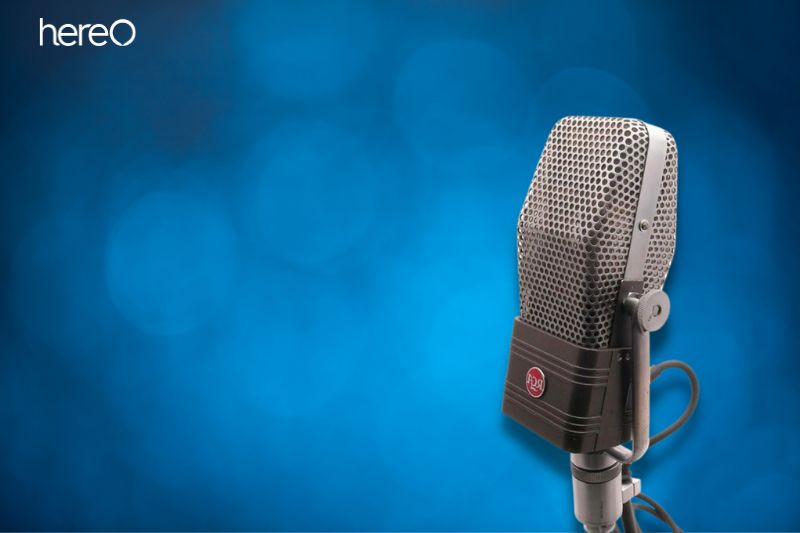
Passive Ribbon Mics
Most ribbon microphones are passive and straightforward. In order to house the parts in a single microphone unit, they are fundamentally constructed with a ribbon baffle/element, an output transformer, an output connector (almost often an XLR), and a physical body with a grille.
As a result, an output step-up transformer and the lead wires from a passive ribbon mic are used to complete a circuit.
Active Ribbon Mics
A brand-new type of active ribbon microphone has just lately entered the market. With inbuilt electronics, an active ribbon microphone can provide all of its capability to a mic preamp independent of the preamp’s input impedance.
The main benefit is that active ribbon mics often have higher output levels than passive ribbons and are more consistent with a variety of preamps with varied input impedances.
When used with the appropriate preamp, passive ribbon microphones produce amazing sound quality, while active ribbon microphones make achieving that sound easier.
The Applications for Ribbon Mics
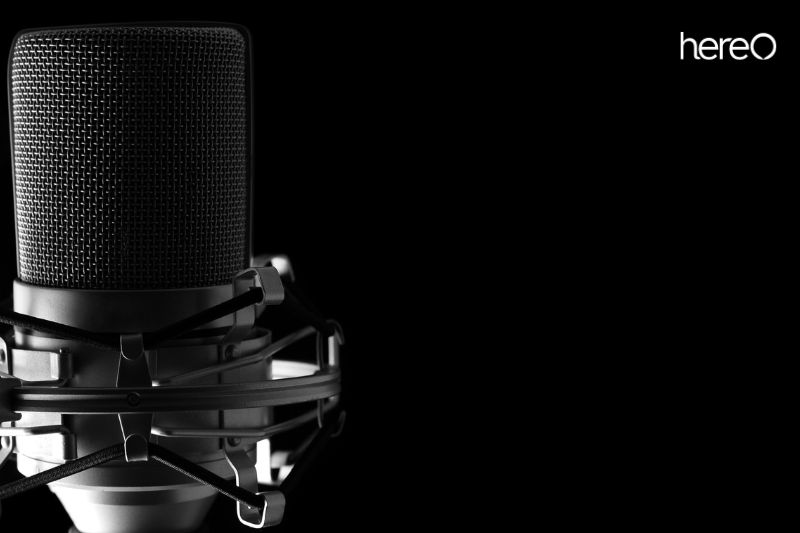
Recording Vocal With Ribbon Mics
When it comes to recording vocals, ribbon mics are a great choice. Their non-linearity and natural sound make them the perfect tool for capturing the unique nuances of a singer’s voice.
Ribbon mics also provide a warm mid-range sound, with accurate highs and lows. Unlike condenser mics, ribbon mics don’t add any coloration to the sound, making them ideal for recording vocal performances that require clarity and accuracy.
The bi-directional polar pattern of a ribbon mic also helps capture a vibrant, natural sound with a great sense of spatial sound. With the right setup and versatile miking techniques, ribbon mics are highly flexible tools that can bring out the best in your vocal performance.
Be sure to place the mic at the correct distance from the singer, as this will affect the sound and the level of detail. Close miking is usually best when recording vocals with a ribbon mic, as this will help to capture all the subtleties of the performance.
There is, however, one drawback. They are frequently favored by voiceover actors and vocalists who have some background in understanding how to be “conscious” of the mic because of the sensitivity of the ribbon.
When singing, especially at volume, you should stand farther away from the microphone. If you get too close, your voice’s wind will vibrate the ribbon and distort the audio.
Shouting too loudly could result in the ribbon vibrating too much, which could lead to total damage.
Recording Electric Guitars and Acoustic Guitars With Ribbon Mics
When recording electric and acoustic guitars, ribbon mics are becoming an industry standard. Prior to the 1998 introduction of Royer’s first ribbon mic, the R-121, ribbons were generally not used on electric guitar cabs; however, today’s improved ribbon mics are robust enough for any source.
They add a low-mid punch that yields powerful tone and smooth out the cutting midrange of overdriven amps.
Ribbon mics can also be used for acoustic guitars. By placing a good ribbon mic properly and thinning out the tone, you can easily capture all the warmth, size and detail you want for full, lush sounding tracks or percussive or sparkly sounding tracks.
When recording larger string sections in smaller rooms, ribbon mics such as the stereo AEA R88 or mono R84 can provide a more spacious and cinematic sound that belies the size of the acoustical space they’re recording.
Difference From Other Microphones
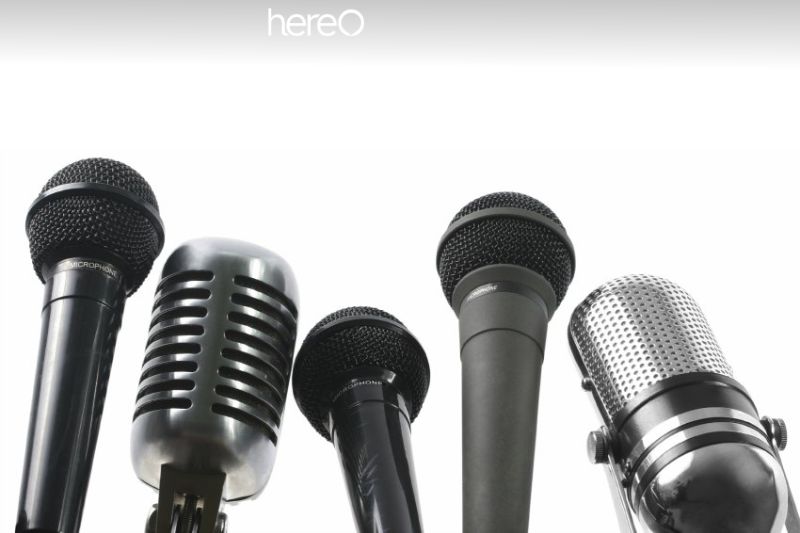
The transducer mechanism, which affects its use, construction, and model specifics, is the key distinction between ribbon microphones and all the others.
A dynamic microphone’s moving coil and diaphragm are coupled together. When air from the sound source exerts pressure on this coil, it moves. When it detects movement, the magnetic field converts audio signals into electrical signals.
The dynamic microphones have greater resistance, sound “harder,” and are less responsive to high frequencies. They’re also low cost, most frequently utilized in performances.
On the diaphragm of the condenser microphone is a thin metal plate. Because it is powered by energy, such as batteries or phantom power, it has the most sensitive and extensive range.
The condenser mic needs phantom power to operate, it is most frequently used in recording studios. Condenser mics have greater responsiveness to high frequencies.
The ribbon microphone is made of a thin metal ribbon rather than a coil or diaphragm. A magnetic field is produced when the object is positioned vertically between the poles of a magnet. Pressure from the sound source causes the ribbon to move, which causes an electric impulse because of the magnetic field.
- Most commonly used in the studio.
- Demands extra care when equalizing.
- It has a wide frequency response.
- Very fragile.
Pros and Cons of Ribbon Microphone
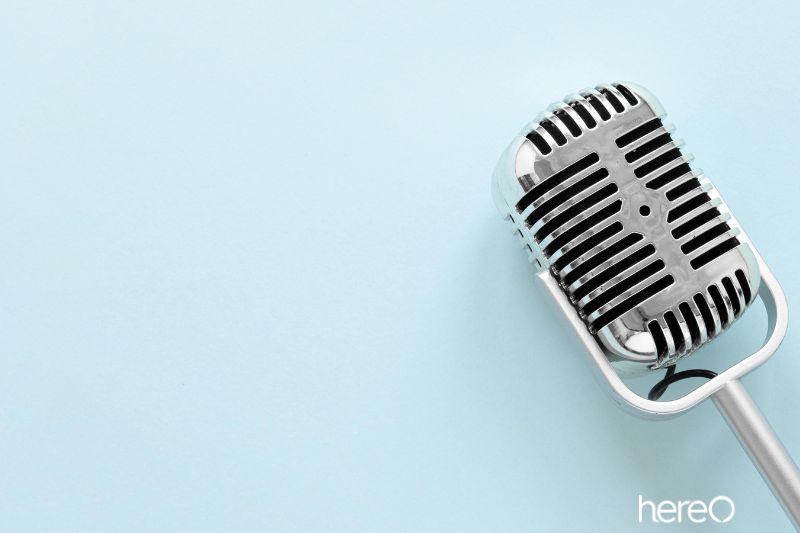
Ribbon microphones certainly offer some advantages and limitations, just like any other form of microphone. The good news is that ribbon microphones are more affordable to manufacture than the majority of other types of microphones.
Additionally, they offer a sound that is clearer, which reduces the need for processing at a later stage of the recording process.
If you wish to capture rock music or low-frequency sounds like bass guitars, you should use a different type of microphone because ribbon microphones do not pick up low-frequency sounds as effectively as other types of microphones.
A ribbon microphone can be used to record just about any genre of music, as long as it doesn’t call for a lot of low-frequency sounds or instruments, like drums.
However, to avoid overloading the microphone, try to stay away from extreme frequencies and high volumes when recording with one.
How To Take Care Of Ribbon Microphones
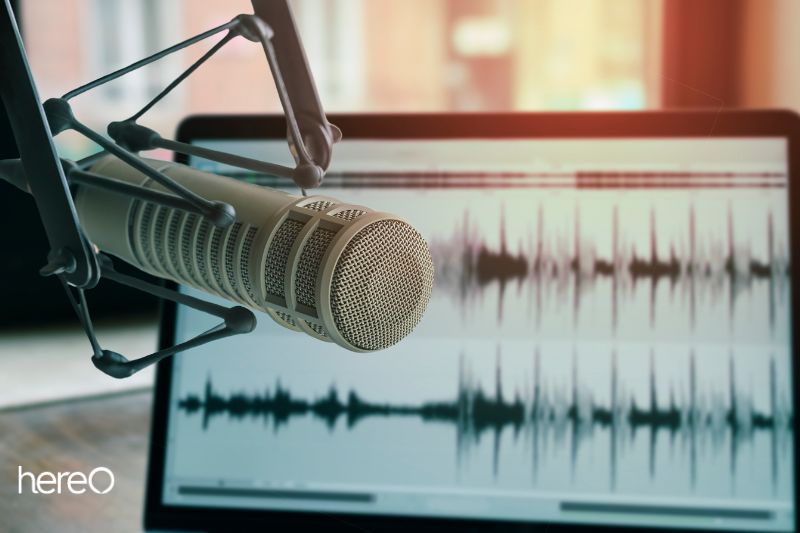
Even while more modern models include sturdy construction and greater exterior protection, the metal ribbon—the microphone’s fundamental component—is incredibly delicate. Any falling, hitting, or significant impact might permanently destroy the membrane.
A piece of human hair has 0,1 mm, compared to the metal Royer ribbon’s 0,004 mm. So that you are aware of how cautious you must be when handling your ribbon microphone. The microphone can also be harmed by temperature, position, touch, wind, and practically anything else around.
The majority of ribbon microphone instruction manuals advise keeping the microphone vertical at all times and only removing it from the casing when in use since otherwise the ribbon may stretch on its own and harm the microphone as well.
Be maintained away from dust, heat, and light at all times. All those suggestions could lengthen the life of your device.
FAQs about What Is a Ribbon Microphone
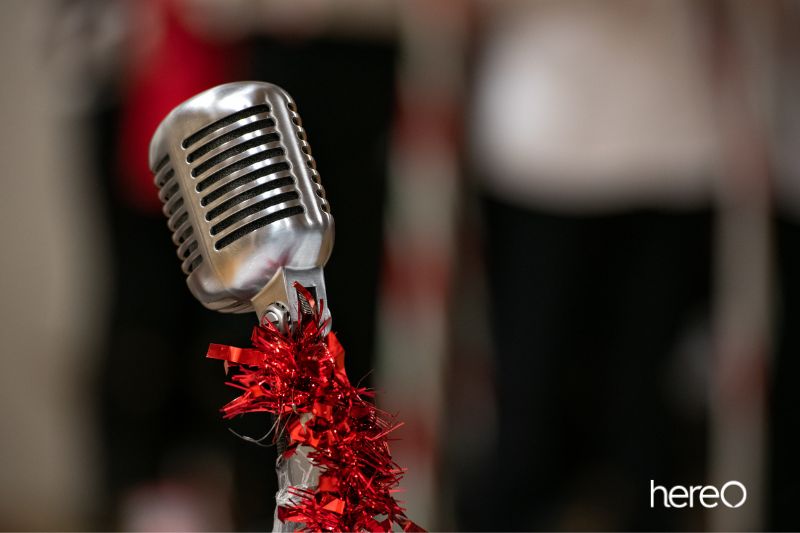
What is a ribbon microphone used for?
The most accurate microphones to use to record the sound of an instrument, a voice, or even the ambient of a room are ribbon microphones. Ribbon microphones actually have the figure-of-8 polar pattern, huge low-end pick-up, and natural high-frequency roll-off that most closely resembles the human ear.
What is the difference between a ribbon mic and condenser?
The primary distinction between ribbon and condenser microphones is how they convert sound: ribbon microphones use electromagnetic induction, whereas condensers use electrostatic principles.
Condensers contain active capsules and complicated circuitry, whereas ribbon microphones have conductive ribbon-like diaphragms and simple circuitry.
Do ribbon mics break easily?
People frequently assume that the ultra-thin ribbon component will be more prone to tearing and breaking. Even though they might not be as robust as dynamic mics, ribbon mics are still among the most resilient microphones available.
Why do ribbon mics sound dark?
Similar to how human ears have a high-frequency roll-off, ribbons are black in that they too have one. The high-frequency roll-off varies in severity depending on the ribbon mic under consideration.
Conclusion
Ribbon microphones are a great choice when you need to capture audio with the most accuracy and realism. They provide a unique sound quality that can’t be matched by other types of microphones.
If you’re looking for the best way to record an instrument or voice, then a ribbon microphone is the way to go. To learn more about the advantages and features of ribbon microphones, check out our blog post on the topic.
Thank you for reading this article from hereOfamily.
